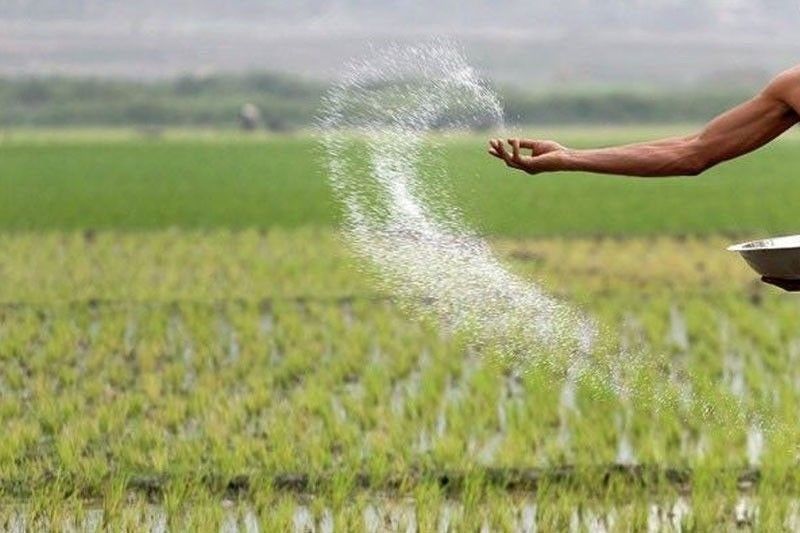Government eyes G2G fertilizer purchase

MANILA, Philippines — The Marcos administration is looking at entering into government-to-government (G2G) deals to address the surging cost of fertilizers that is driving up the prices of food and agricultural products.
President Marcos, who concurrently heads the Department of Agriculture (DA), said the government could make use of cheaper fertilizers through the G2G agreements.
Marcos said the government is planning to communicate with China, Indonesia, Malaysia, Russia and the United Arab Emirates for the country’s procurement of fertilizers.
“They want to help, they want to approach us. We should take advantage of that. OK, give us fertilizer at a good price. That’s the whole point of G2G,” the President told agriculture officials during a meeting on Monday.
“I’m thinking would it be useful for us if I write to all of them. I’ll say that we are in the market to buy this volume of fertilizer,” Marcos said, noting that the scheme would decrease expenditures in subsidizing raw products and maximize public funds in addressing other concerns of farmers.
He asked agriculture officials to provide data on the source and price of fertilizers.
During the meeting, the President also highlighted the need to increase rice production and reorganize the DA and its attached agencies as part of the government’s plan to rightsize the bureaucracy.
Marcos likewise instructed DA officials to come up with a farm-to-market road (FMR) masterplan, which he said is the first step to solve supply chain issues.
Agricultural groups are urging President Marcos to prioritize food production subsidies over FMR projects to mitigate the impact of rising costs affecting productivity in the sector.
In a statement, Kilusang Magbubukid ng Pilipinas (KMP) leader and former agrarian reform secretary Rafael Mariano said cash aid and production subsidies are what farmers need.
“Granting farmers with much needed cash aid and P15,000 production subsidy are more imperative, especially with the high cost of production and of living,” he said.
The group asked the President to certify as urgent the legislation of House Bills 406 and 2024.
House Bill 406 aims to provide P15,000 subsidy to farmers and fisherfolk affected by the surging cost of farm inputs, fuel, economic downturn and calamities amid the COVID-19 pandemic.
House Bill 2024 intends to grant P15,000 to 1.1 million fisherfolk to boost production and cover livelihood expenses.
The group likened Marcos’ FMR master plan to the World Bank-funded Philippine Rural Development Project (PRDP) under the administration of former president Rodrigo Duterte.
Mariano said bulk of the P27-billion loan projects comprise FMR projects in Mindanao.
“The PRDP is both an unlimited wellspring of corruption and a counterinsurgency component under the government’s whole-of-the nation approach,” he said.
The Commission on Audit previously called out the DA over its failure to build 796 FMR projects amounting to P2.7 billion, which should have been completed by the end of 2016.
The Pambansang Lakas ng Kilusang Mamamalakaya ng Pilipinas said the FMR masterplan is not the solution to food insufficiency.
Trade mission
Meanwhile, Foreign Agricultural Service Administrator Daniel Whitley arrived in Manila on Monday to lead a US Department of Agriculture trade mission from July 18 to 21.
Whitley was joined by representatives from 29 US agribusinesses and farm organizations and 10 state departments of agriculture who are interested in exploring export opportunities in the Philippines.
He said the trade mission would offer opportunities for both the United States and the Philippines.
“I’m confident it would produce mutually beneficial results to help expand trade, increase collaboration on key issues impacting agriculture in both our countries and ultimately strengthen Philippine food security,” Whitley said.
He said the group of US agribusinesses and industry officials could provide reliable, high quality and sustainably produced US food and farm products to local buyers.
The Philippines ranks as the eighth largest export market for US food and agricultural products, averaging $3.1 billion during the past five years. – Danessa Rivera, Pia Lee-Brago
- Latest
- Trending































